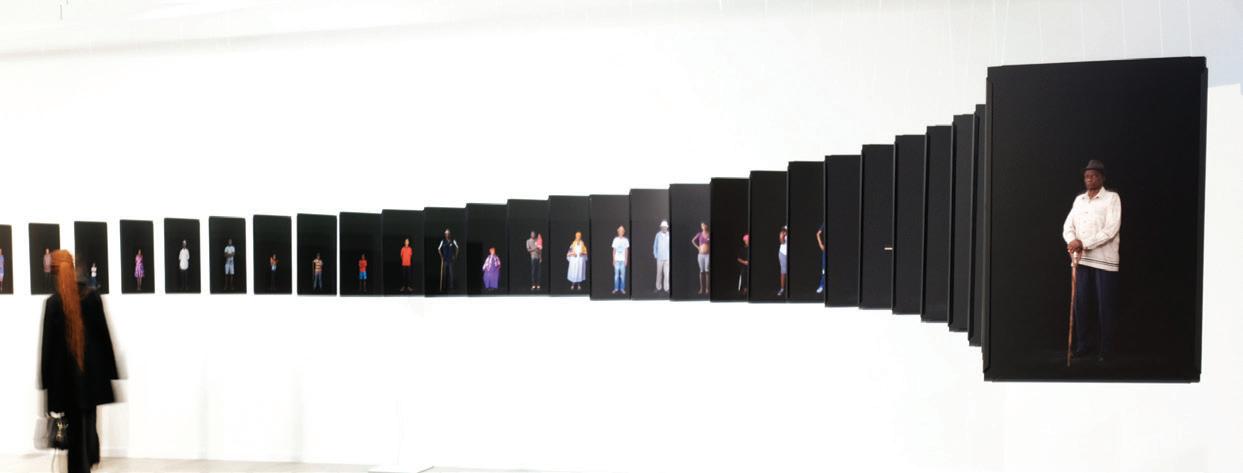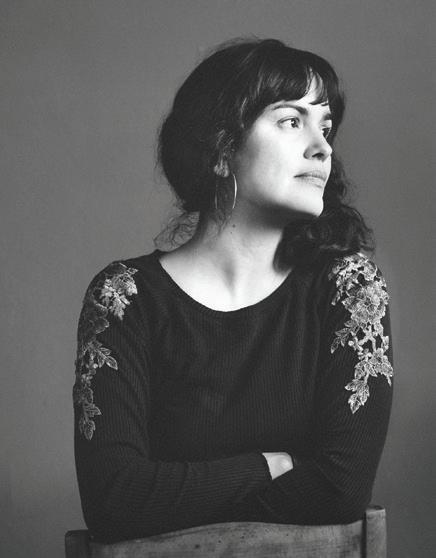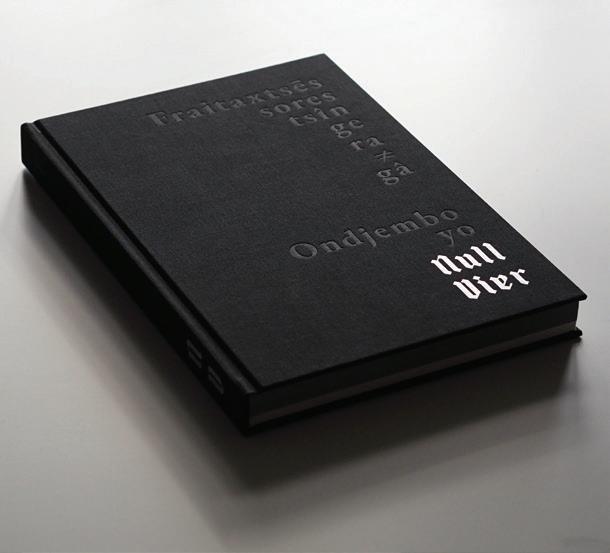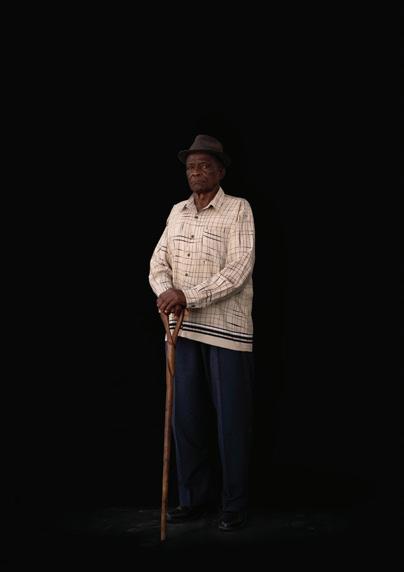
4 minute read
Unearthing shadows
A visual chronicle of Nama and OvaHerero Resilience
Berlin-based visual artist and documentary photographer, Ixmucané Aguilar, moves and mediates in liminal spaces of remembrance, oral histories, unearthed heritage and generational, often undocumented grief. In her own words: “My journey as a visual artist and documentary photographer has been shaped by a complex interplay of personal experiences and broader socio-political contexts. The spark that ignited my passion for this form of expression started during my studies at the University of Arts in Berlin, but it can be traced back to my experience of growing up in political exile, during the civil war of Guatemala. This was a formative experience that left an indelible mark on my identity and the lenses through which I perceive the world.”
Yet, her commitment as an artist does not exclusively revolve around an autobiographical narrative. “My work is not limited to being a reflection of my subjective experiences, but rather becomes a window to transcend the limits of the autobiographical and interact with communities affected by political layers of violence in the face of social injustice”, she says.
Ixmucané Aguilar´s latest published work is an accompaniment to her 2022 solo exhibition Fraitaxtsēs sores tsîn ge ra≠gâ – Ondjembo Yo Null Vier and culminates this personal conviction into a communal experience.

“A book, with its enduring pages, possesses a timeless quality that transcends the confines of gallery walls. I felt an undeniable urge to transform my documentary work into a published art book out of concern for making a social reality that has long existed on the periphery of history as perpetual as possible”, the artist explains. “Much like the photographic exhibition, I have worked intensively on its production, meticulously attending to every detail that honours each portrait and narrative. In this sense, this book represents a symbolic closure of my artistic engagement with the Nama and OvaHerero communities, as it represents my commitment to returning these narratives and struggles to Namibia, where they belong.”
Fraitaxtsēs sores tsîn ge ra≠gâ – Ondjembo Yo Null Vier is a body of work on the genocide committed against the Nama and OvaHerero peoples by Imperial Germany in what is today’s Namibia. Aguilar worked closely, on a long-term basis, with different people of the Nama and OvaHerero communities, who vividly recall memories and rituals of mourning caused by the loss of life and land during the colonial occupation. From this exchange emerges a compilation of visual work: portraits and video underlaid and overlaid by acoustics and text create her riveting artistic documentary.

Aguilar’s multi-faceted concept is a collective process. “It involves and embodies many minds, reflections, conversations and people who lend perceptions to enrich the research process, both on practical and intellectual levels”, she says.
The project entailed extensive research and a close, sustained dialogue with individuals from multiple communities. Aguilar travelled to remote areas in Namibia, providing her with a unique opportunity to get to know the genocide experiences, testimonies and perspectives from Nama and OvaHerero people through conversations and participatory engagements. “This initial stage allowed me to gain insight into the collective memory and heritage of Namibian communities, as well as the enduring impact of the historical trauma passed down through generations due to Germany's violent colonisation. I do not see myself merely as a photographer who captures faces and collects data. Instead, I become part of the medium... for them to take the stage and authentically amplify themselves. My portraits are an integral part of my work. They shape and flow as part of a profound conversation, emphasising that the medium of portraiture is deployed as a means of empowerment“.

As the project developed, Aguilar ensured that the collected oral histories and cultural expressions were faithfully translated into a visual form. "The resulting body of work encompasses a range of artistic expressions, including a large series of portraits, a three- dimensional acoustic, and video installations. These visual elements were meticulously crafted into a multi-layered exhibition and art book, with the primary concern being to obtain a forum that honors the strength and resilience of the Nama and OvaHerero communities in the face of a genocide that has at times been ignored, largely underestimated and sometimes even denied.”
Aguilar`s motivation to document history stems from, as she puts it, “A commitment to social justice, a fascination with documentary, human perspectives, and a dedication to engaging with and highlighting stories and history of communities affected by political and historical violence through my artistic gaze.”
Madeleen Olwage & Ixmucané Aguilar











